On a mission trip years ago, I visited a country that very few Westerners, especially Americans, have ever visited: the Republic of Benin, in French-speaking West Africa. It is just a sliver of a country in a very large continent. The nation’s entire population (about 14 million) is only slightly larger than the city of Los Angeles.
And Benin was where I got the shock of my life. I’ll detail that experience after I give you the background of it, which relates to something Americans know all too well: the institution of slavery.
The Country of Benin
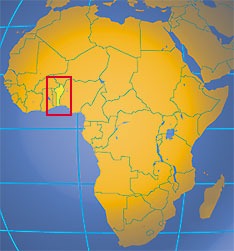 Benin is one of the countries from which the Africans sold their own brothers and sisters to the rapacious slave traders of Europe. It wasn’t the only African country to engage in that dirty business, by any means, but it was a significant point of origin and debarkation for those poor souls who never saw their homeland or relatives again. The very thought of it ought to bring a decent person to tears.
Benin is one of the countries from which the Africans sold their own brothers and sisters to the rapacious slave traders of Europe. It wasn’t the only African country to engage in that dirty business, by any means, but it was a significant point of origin and debarkation for those poor souls who never saw their homeland or relatives again. The very thought of it ought to bring a decent person to tears.
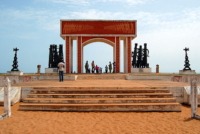 It is estimated that, overall, 11 million souls were sent into slavery across the Atlantic Ocean in a 350-year period (early 1500s to late 1800s). Most of the slaves from Benin were transported to the Caribbean (particularly, Haiti) rather than to North America or Europe.
It is estimated that, overall, 11 million souls were sent into slavery across the Atlantic Ocean in a 350-year period (early 1500s to late 1800s). Most of the slaves from Benin were transported to the Caribbean (particularly, Haiti) rather than to North America or Europe.
The City of Ouida on the coast of Benin has a huge monument called the Door of No Return to commemorate the injustice of the trans-Atlantic slave trade and to memorialize the souls who never returned. It is a somber place, for sure.
An Unholy Connection
There’s a deeper darkness to slavery, though, that is purely spiritual. In the oceans of ideological ink spilled on the subject, there is hardly a mention of its spiritual side, but it’s not hard for a Christian to see the connection between the evil human institution and the spiritual forces that generated it. They are what St. Paul terms the “principalities and powers, rulers of this world of darkness” (Ephesians 6:12).
Westerners are largely unaware of the murky origins of voodoo, which originated in Benin. Hollywood movies sensationalize the dramatic elements (voodoo dolls, incantations, ominous drum beating rituals, etc.), but those things exist in the real world and are not even the worst elements of it.
The word voodoo comes from the pagan religion called Vodun. Apart from the Hollywood drama, it is a strange phenomenon that mimics true religion but distorts its basic aspects.
For example, there are voodoo priests—and also priestesses; they have ceremonies, but these include bizarre trance-like rituals and animal sacrifice. They worship ancestors and nature spirits and have their own version of saints.
Magic vs True Religion
Current-day practitioners of Vodun are quick to distance themselves from the dark side of their religion (what they call “black magic”), but that is a rationalization that all esoteric religions have in common. There is no way to separate the negative from the so-called positive practices of pagan religions.
In the Church’s mind, the terms “white magic” and “black magic” are just two sides of the same illusion. Any form of occult practices are superstitious attempts to marshal invisible powers under human control, which is a fool’s game given the possibility of demonic deception.
In other words, there is no “white” in the business of invoking spirits that are not of God. All attempts to do so are offenses against the First Commandment and openings to the influence of evil spirits.
If you’re interested in the Church’s reasoning here, one paragraph from the Catechism says it all (but there are many other teachings on these matters):
Paragraph 2117: All practices of magic or sorcery, by which one attempts to tame occult powers, so as to place them at one’s service and have a supernatural power over others – even if this were for the sake of restoring their health – are gravely contrary to the virtue of religion. These practices are even more to be condemned when accompanied by the intention of harming someone, or when they have recourse to the intervention of demons. Wearing charms is also reprehensible. Spiritism often implies divination or magical practices; the Church for her part warns the faithful against it. Recourse to so-called traditional cures does not justify either the invocation of evil powers or the exploitation of another’s credulity.
The Church’s logic should be clear as a bell—occult practices, intended for good or evil, are dangerous deceptions and, I might add, totally forbidden for Christians.
An Ancient Symbol
Vodun’s most potent negative aspect, however, is the worship of snakes. Here again, we note something that is common to pagan religions throughout history: serpents show up in some form in just about all of them. That symbolism should also be clear to anyone who reads Scripture.
And here’s where I got my shock when I visited Benin. In the City of Ouida that I mentioned above, there is a temple where people go to worship serpents. Not surprisingly, it’s called the Python Temple. Here it is.
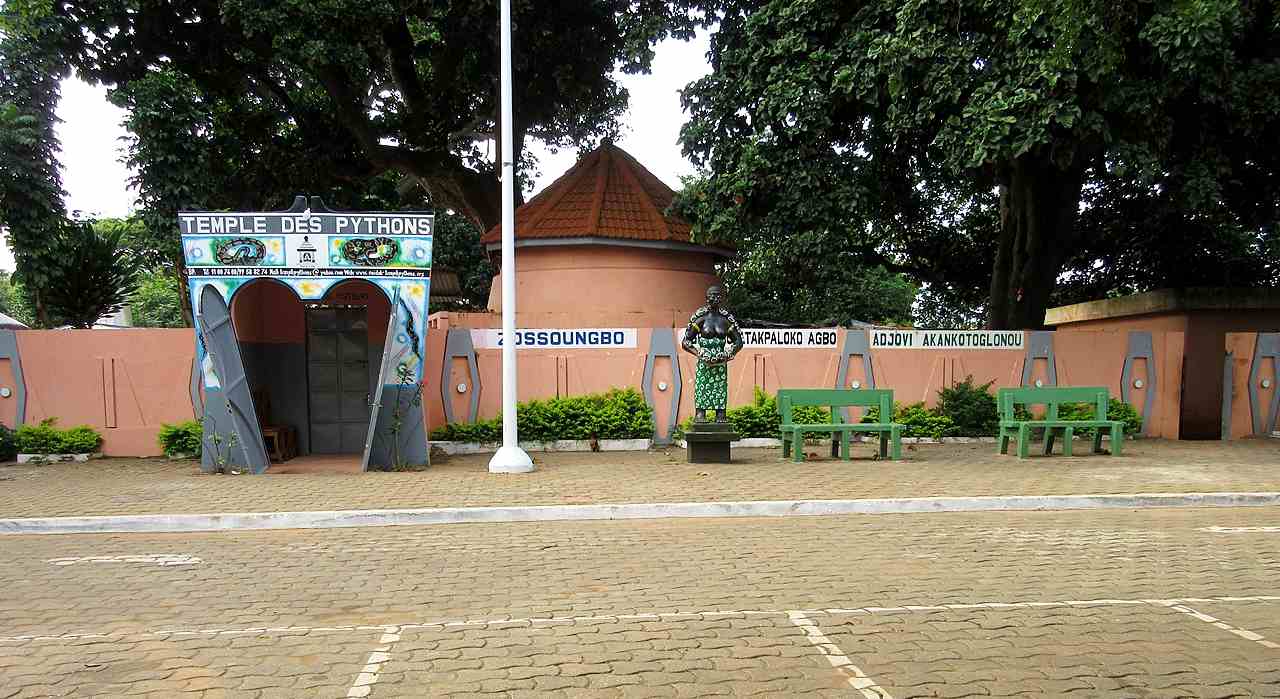
Granted, it’s not very glamorous, but that’s the point about pagan religions. They are degradations of true religion. They do not lift souls to heaven but drag them down to the dust where the serpents crawl.
A co-worker of mine actually entered the temple and got a tour. (I couldn’t bring myself to go inside.) He said there were several large snakes slithering around inside, though that was not surprising: it’s the center of the Vodun religion.
Tourists are encouraged to “think positive thoughts” in the presence of the snake and good things will come to them (I’m not kidding). They can also walk through an adjacent “sacred forest” to offer incense at the base of several sacred trees and statues of the ancestors who will also grant their wishes. All of this is pure superstition.
The Catholic Response
In the face of the worship of snakes or idols of any kind, Catholics invoke the grace and purity of the Blessed Virgin Mary, under the title of the Immaculate Conception. She is the beautiful and radiant Mother of Christ, whom evil never touched.
(Even the change of subject to Our Lady gives a sense of peace, doesn’t it?)
In Christian iconography she is often depicted as stepping on and crushing the ancient serpent who seduced Eve in the Garden of Eden.
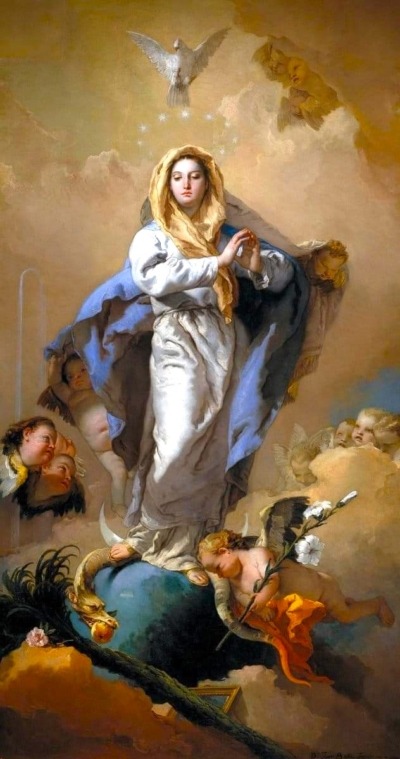 We do not worship Mary in any sense of the word. We are not idolaters. We worship the true God alone, but Our Lady is the sacred window of His Truth. It was through her that the true Light entered the world.
We do not worship Mary in any sense of the word. We are not idolaters. We worship the true God alone, but Our Lady is the sacred window of His Truth. It was through her that the true Light entered the world.
We also believe that Christ came “to destroy the works of the devil” (1 Jn 3:8), and His mother stands at the very center of this battle between good and evil, light and darkness.
This too is a very real element of faith. I once met a priest exorcist who told me how much Mary was his ally in exorcisms. Whenever he was having a difficult time expelling an unclean spirit, he would threaten the demons by telling them he was calling on “the Lady in white” to come and help him. This would infuriate the evil spirits but also weaken them, which usually led to their expulsion.
The Cathedral in Benin
To express this truth, the Catholics in Benin (then called Dahomey) built the Cathedral of the Immaculate Conception in 1906 on a piece of property directly in front of the Vodun center in Ouida.
They did it for the very reason stated: to show that Mary vanquishes the serpent. Here is the cathedral, then and now:
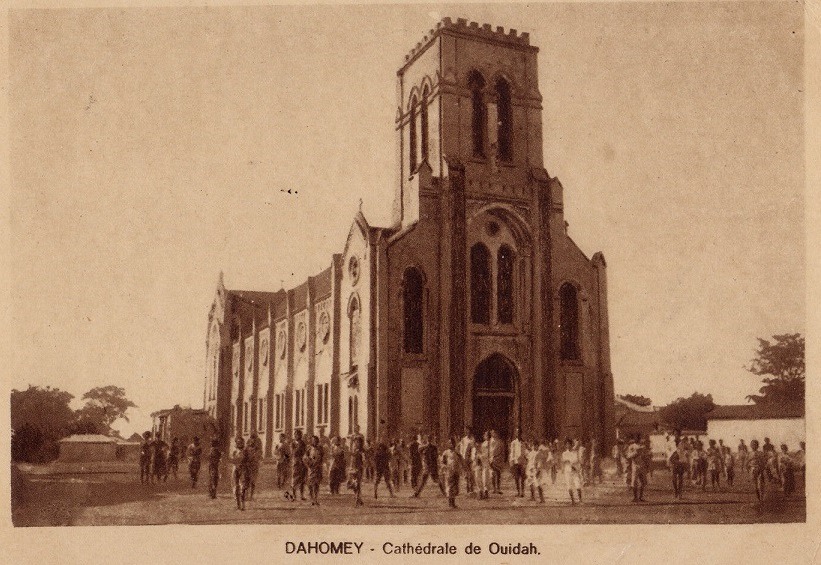
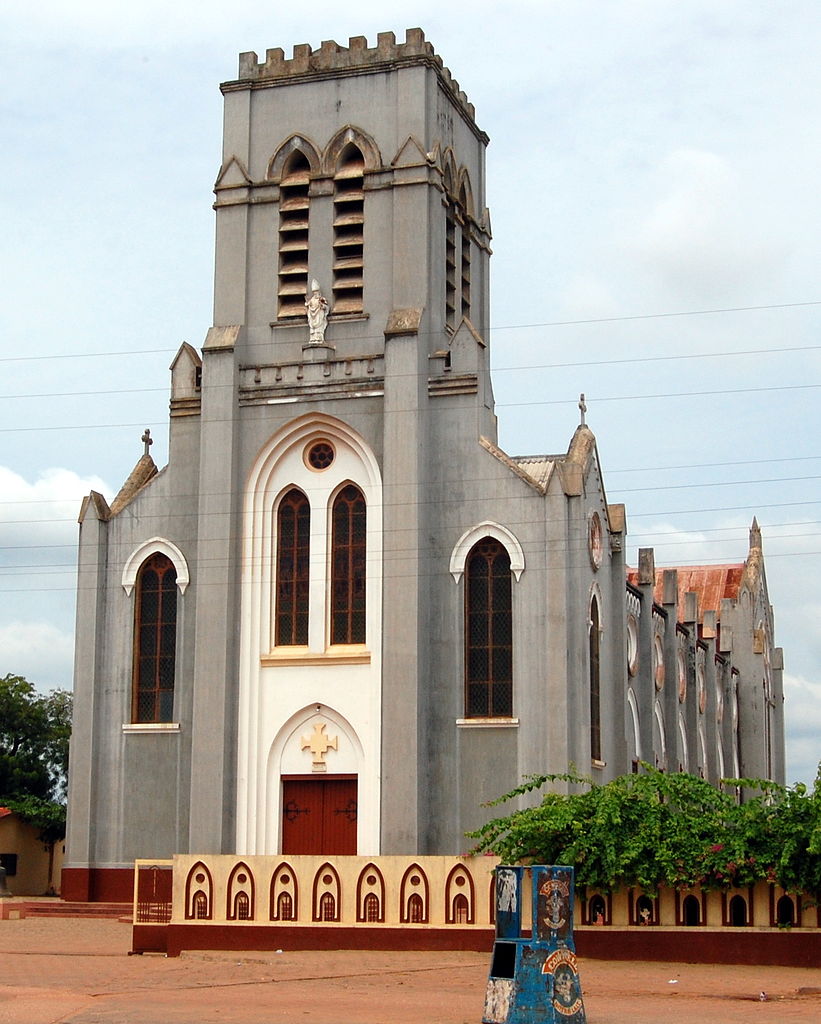
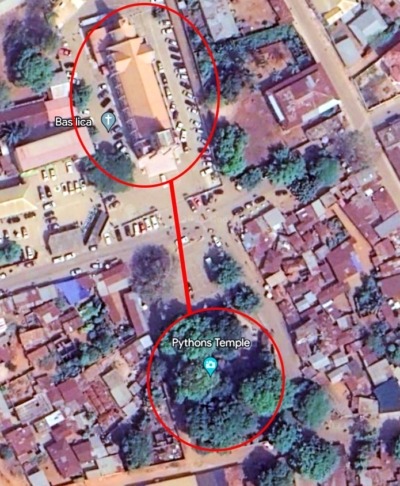 When I said they built the cathedral in front of (facing) the temple of the serpent, I meant that literally. Look at an aerial image of that area of Ouida (via Google Earth), and you can see how close the two properties actually are. The Catholics of that day were serious about sending a message to the serpents!
When I said they built the cathedral in front of (facing) the temple of the serpent, I meant that literally. Look at an aerial image of that area of Ouida (via Google Earth), and you can see how close the two properties actually are. The Catholics of that day were serious about sending a message to the serpents!
But building a cathedral is not an act of magic either. The Catholic cathedral in Ouida didn’t cause the Python Temple to close down. It still exists, and the Vodun religion still has its adherents.
Yet, the witness of true religion sheds great spiritual light and contrasts greatly with the weirdness and degradations of a false religion. Anyone with spiritual senses can see it. It is the same in all times and places where the Church brings the light of Christ to people who live in the darkness of paganism.
The Power of Light
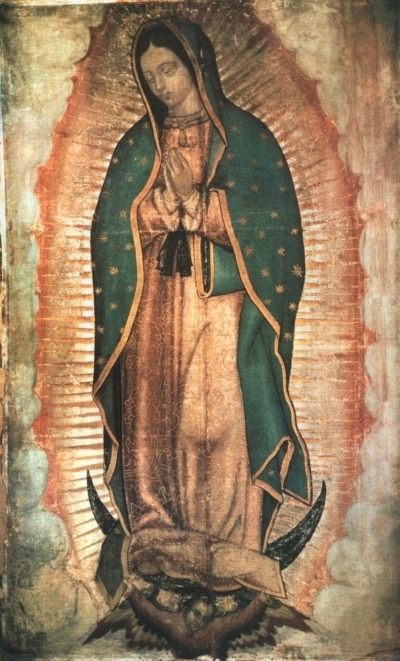 This newsletter comes between the Solemnity of the Immaculate Conception (December 8) and the Feast of Our Lady of Guadalupe (December 12), two great Marian feasts of our faith. They are intimately connected because the apparitions in Mexico in 1531 coincided with the feast of the Immaculate Conception that year.
This newsletter comes between the Solemnity of the Immaculate Conception (December 8) and the Feast of Our Lady of Guadalupe (December 12), two great Marian feasts of our faith. They are intimately connected because the apparitions in Mexico in 1531 coincided with the feast of the Immaculate Conception that year.
I find it interesting that Our Lady appeared in our hemisphere at the very time that the slave trade was beginning in West Africa.
It was to our hemisphere that the slaves were sent, and here, the light of the Gospel was just dawning. Our Lady was the first herald of that light in the New World. She didn’t wipe out the slave trade, as such, but she could have. Like her Son at Nazareth (Mark 6:5-6), she doesn’t bring miraculous graces to men when their evil hearts are not converted.
Mary’s apparitions in Mexico, however, did lead to the full scale conversion of the indigenous peoples in a matter of a decade. The light of Jesus Christ wiped out the pagan (Aztec) religion of human sacrifice. That’s what happens when Christ finds faith and repentance in men’s hearts.
A whole continent embraced the true Faith brought so lovingly by Our Lady and saw its light penetrate into every aspect of their society in time. Forces of darkness must reckon with this woman throughout all of history!
Our Modern Darkness
And what of our society? We are, unfortunately, witnessing the ugly rebirth of paganism everywhere we look. It’s not my intent here to list all the evils of our present age—anyone can see them by just watching the news—but to remind us of the power of pure light in our Christian battle with spiritual darkness.
There is another story of light that I’ll finish with: in the apparitions at Fatima in 1917, the oldest seer, Lucia, testified that every time the Virgin came, the sun in the sky actually dimmed next to her light. Wow.
“The light shines in the darkness, and the darkness has not overcome it” (John 1:5).
———-
[Note: This article is a reproduction of the Sacred Windows Email Newsletter of 12/10/23, so it does not end with the regular Soul Work section. Please visit our Newsletter Archives.]
Photo Credits: Immaculate Conception (Giovanni Battista Tiepolo); Map of Benin; Door of No Return (jbdodane); Temple des Pythons (Rachad sanoussi); Cathedral (Peter Darcy).
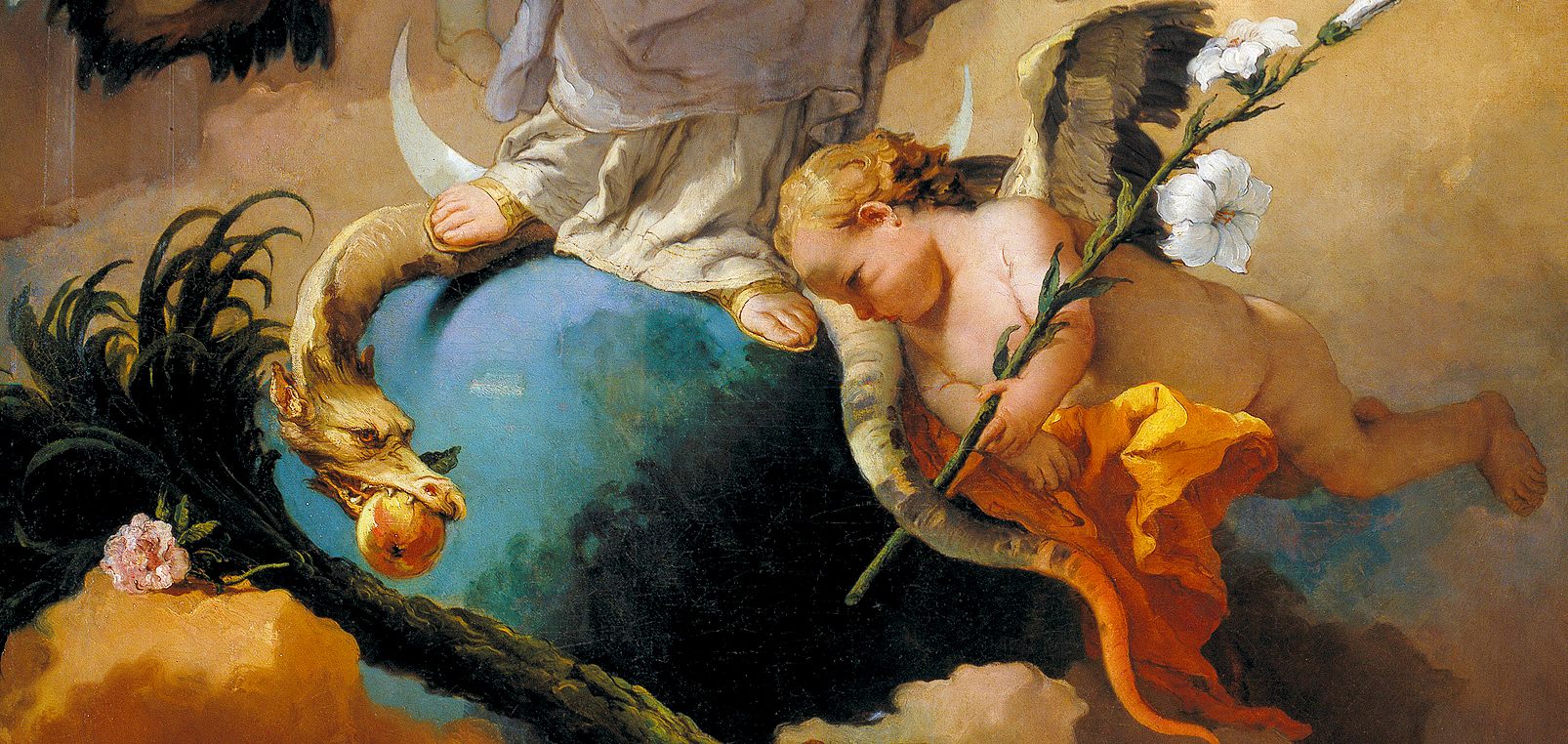
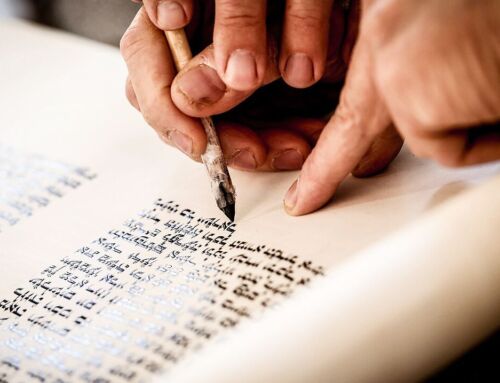
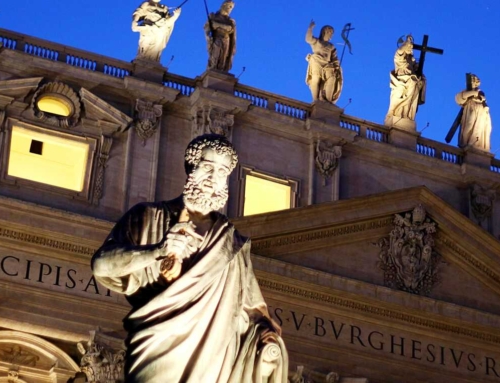
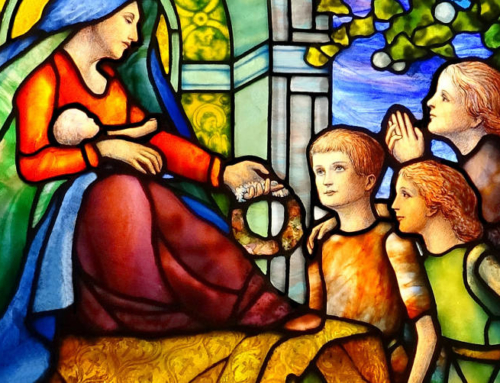
A nice article. Heard this for the first time.